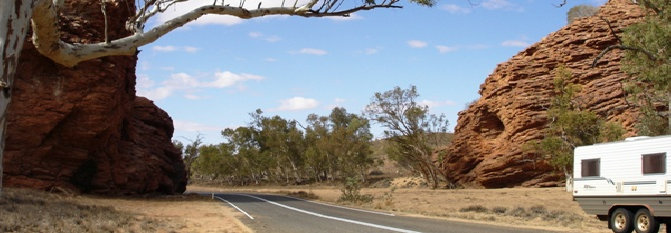Australia So Much to See


Alice Springs 2008. We start with a visit to the Desert Park and in the town.
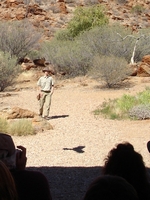
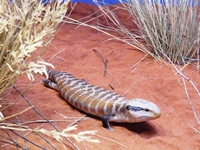
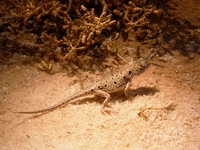
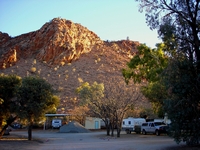
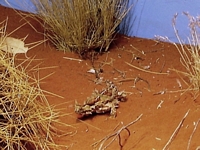
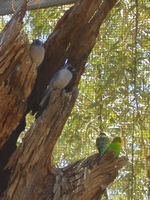
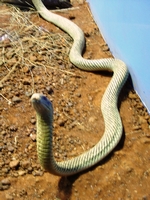
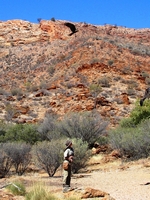
Much of the time the weather was cold. We had expected some cold August nights, but did not expect the icy cold wind which persisted
most days of our stay.
We were based at a quaint but homely old caravan park in a scenic and quiet location a little out of town while we took time
out to relax, do maintenance and tour around the
Talks are given at set locations and a time table can be obtained on entry. Audio guides are available free to all visitors. The recorded guides with headphones are available in English, German, Japanese and French, and numbered features around the park enable
you to select the right information.
The Birds of Prey talk is amazing. While the ranger gives a talk, raptor birds are released at strategic moments to fly freely
around her. Here a black falcon can be seen flying above the ranger. A buzzard demonstrated its skill at cracking an egg,
by dropping a stone onto it until it broke.
Many different reptiles are displayed in the nocturnal house under minimal lighting. Although a number of these are diurnal,
they are also included in the nocturnal house displays.
Other birds featured included brown falcon, whistling kite, magpie, pied butcher bird and an owl.
The mulga snake inhabits much of
A number of species of animals that have become extinct in the area or are endangered, such as the western quoll, mala and the bilby
are on display.
Pictured here are a pair of masked wood swallows and a pair of budgerigars.
There are three open air habitats in the park, being woodland, sand country and desert rivers. Each of these has walk through
aviaries, animals and plants typical of the area on display, with information sheets to identify the flora and fauna being viewed.
More than 100 reptiles from over 30 species are on display, including a pair of Perenties and a saltwater crocodile which can be viewed
through a glass wall.
The Alice Springs Reptile Centre is a privately run collection of reptiles located conveniently near the town centre and adjacent
to other tourism features such as the Royal Flying Doctor Service and the National Pioneer Women’s Hall of Fame.
Talks are given three times per day, with the chance to have hands on experience with goannas, lizards and an olive python. Children are encouraged to participate.
Mesosaurs are the earliest reptiles known to have permanently returned to the water. These fossils have only been found in South
America and
There is also a fossil display with casts principally representing reptilian history from around the world.
Netted Dragon
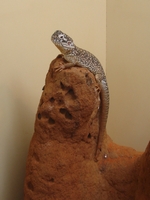
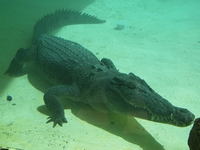
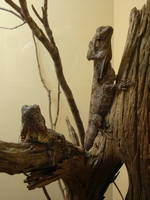
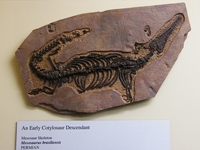
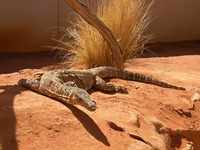
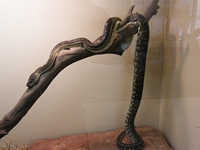
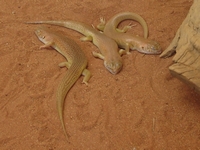
Central Carpet Python
